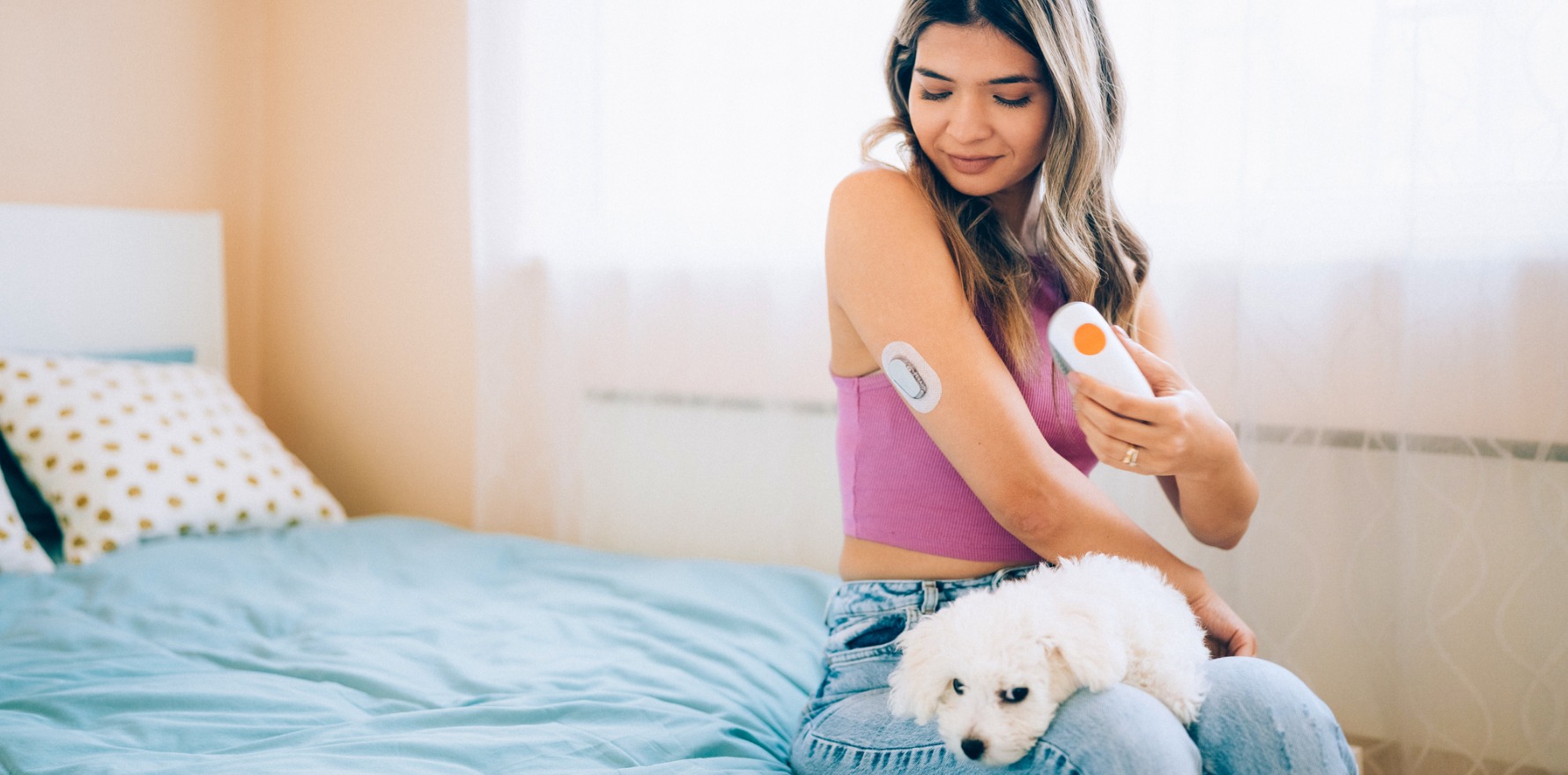The RAGCP disapproves, but Diabetes Australia CEO says the scheme would allow more people to access early screening.
While the RACGP says pharmacy screening for type 2 diabetes would fragment care and lacks evidence, Diabetes Australia CEO says easier access will increase “willingness to be screened”.
The Guild has submitted a new application to the Medical Services Advisory Committee in relation to its Pharmacy Diabetes Screening Trial, after a decision on whether a broader roll out should be funded was “deferred” by the MSAC in 2021.
The proposed screening services would involve opportunistic screening by a pharmacist using the AUSDRISK questionnaire and point of care HbA1c testing before referral to a GP for diagnostic assessment.
During the initial clinical trial of the community screening protocol, which commenced in 2016 as part of the wider $50 million 6CPA Pharmacy Trial Program, over 14,000 people between 35 and 74 who had not been screened in the past year were – by invitation – screened for type 2 diabetes across 339 pharmacies.
The trial aimed to compare the effectiveness and cost-effectiveness of three methods of diabetes screening performed by a pharmacist: paper-based AUSDRISK assessment of diabetes risk only, or accompanied by point-of-care HbA1c test or POC capillary blood sampling.
A total of 3059 met group-specific criteria for referral to their GP for diagnosis.
Of those, 136 were diagnosed with type 2 diabetes and 338 diagnosed with prediabetes.
The researchers concluded that AUSDRISK followed by a POC HbA1c test was the best screening method.
Upon consideration of the results in November 2021, the MSAC “deferred providing advice”.
According to the MSAC, the PDST “could not demonstrate the potential benefits of adding pharmacy-based screening to existing services” as it did not compare to usual care (GP screening).
But the study did suggest pharmacy screening could benefit populations who aren’t adequately screened by GPs at present, particularly in underserved areas.
The MSAC said a cost consequence analysis of AUSDRISK with HbA1c testing would be “informative”, as would comparisons to other programs, such as Quality Assurance for Aboriginal and Torres Strait Islander Medical Services (QAAMS).
The Guild’s new application, which closed for consultation 16 February, will be considered by MSAC in its April meeting.
Speaking to The Medical Republic, Diabetes Australia Acting Group CEO Taryn Black said that pharmacy screening could increase the ease of access to type 2 diabetes screening thereby increasing willingness to be screened.
“For some people, it is much easier to access a pharmacy than a hospital or doctor,” she said.
“Those people living in rural and remote areas, for instance, could benefit from an opportunistic screening at their local pharmacy, followed by a GP referral.”
Screening can facilitate early detection which “supports earlier treatment, improved quality of life and complication prevention,” she said.
Related
“About 1.7 million Australians are living with type 2 diabetes – including an estimated 500,000 people with silent, undiagnosed type 2 diabetes.”
Ms Black said that “pharmacy screening is not an alternative to general practice, but it can support more opportunities for early diagnosis of type 2 diabetes”.
Screening should be encouraged in almost all over-40s, particularly in those with family history, high blood pressure or obesity, she said.
But it would be imperative to have “appropriate pathways and linkages” to ensure appropriate referral to patients’ usual care team.
In its submission to the new consultation, the RACGP raised concerns about the evidence-base for the screening and potential for fragmented care, echoing its previous feedback.
“As GPs are usually the first point of contact in the health system, rather than introducing the step of opportunistic screening in pharmacy, a more feasible and efficient model would be to further promote the use of the AUSDRISK in general practice and to directly conduct HbA1c screening in general practice,” it said in its submission.
The college noted that participants who had not been screened in the past 12 months were eligible for screening in the trial, implying that people should be screened every year which does not align with evidence-based guidelines.
According to the college, without having a comprehensive medical history of a patient, which GPs have access to, “the proposed pharmacy service model has the potential to fragment patient care”.
Last year, a qualitative paper exploring the acceptability of the service in the eyes of patients and GPs was published that concluded that the response was “positive”.
However, survey response rates were low, and some were collected by pharmacist making it “difficult to draw robust conclusions about the acceptability of the service”, said the RACGP.
Despite being central to diabetes care, GPs remain unable to authorise certification for important technology for diabetes, continuous glucose monitoring devices, for all patients apart from veterans.
This has long irked the college, since the National Diabetes Service Scheme expanded to allow subsidised access to CGM technology for type 1 diabetics in July 2022.
CGMs are more widely accessibly in some other countries, such as the US where the FDA has today cleared the first over-the-counter CGM, for any adults not using insulin.





